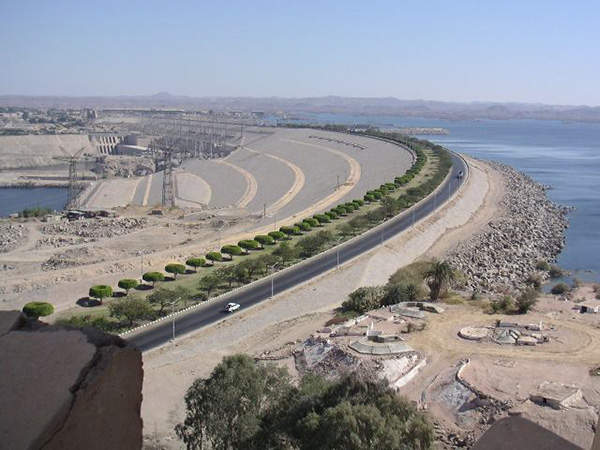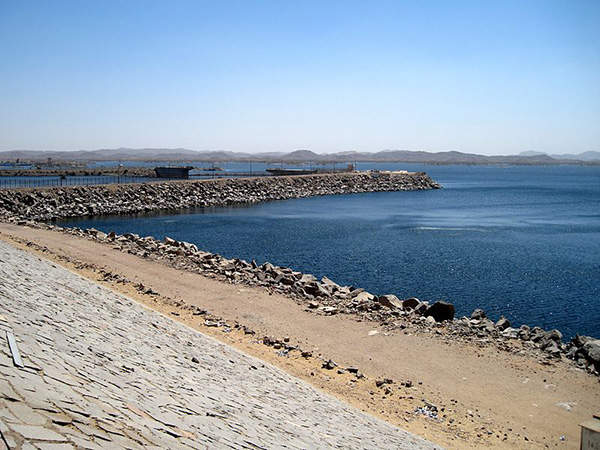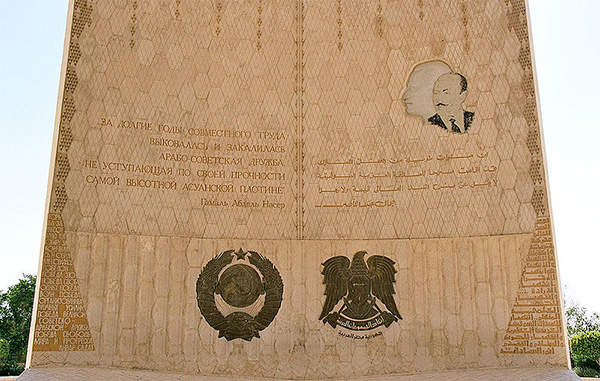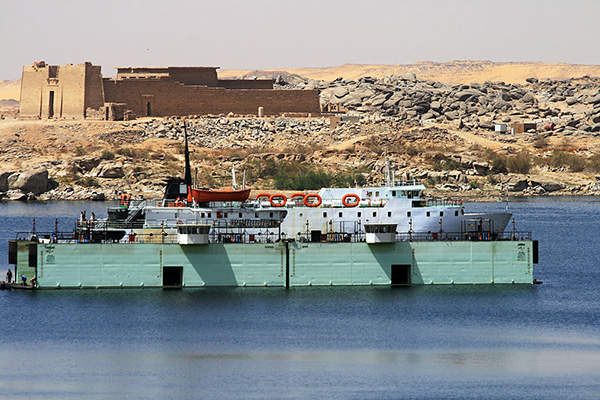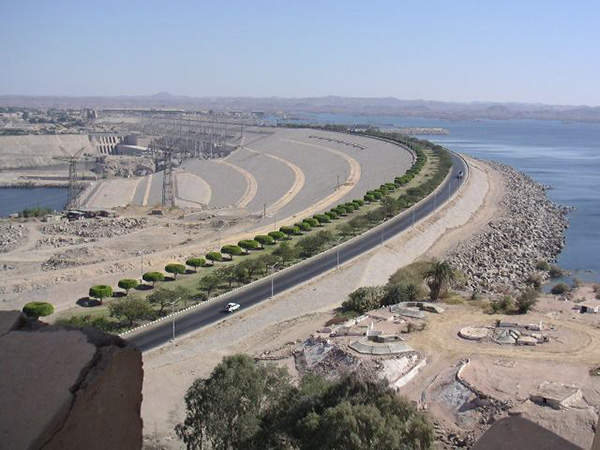
Aswan High Dam is a rock-fill dam located at the northern border between Egypt and Sudan.
The dam is fed by the River Nile and the reservoir forms Lake Nasser.
Construction for the project began in 1960 and was completed in 1968. It was officially inaugurated in 1971.
The total investment for constructing the dam reached $1bn.
With a reservoir capacity of 132km³, the Aswan High Dam provides water for around 33,600km² of irrigation land. It serves the irrigation needs of both Egypt and Sudan, controls flooding, generates power, and helps in improving navigation across the Nile.
Egypt and Sudan reached an agreement in 1959 that saw the allocation of 18.5 cubic kilometres of water to Sudan.
History of the Aswan High Dam
The Aswan Low Dam was constructed in 1898 under the direction of Sir William Willcocks. The dam was completed in 1902 and was raised twice between 1907 and 1912, followed by a further two between 1929 and 1933 to further alleviate the Nile from flooding.
However, the Aswan Low Dam was not adequate to control the annual flooding, which gave rise to the idea of constructing a higher dam in 1952, with funding from the World Bank being sought in 1954.
The US and the UK had previously tried to fund part of the project but it did not materialise. The US withdrew the funding, followed by the UK and the World Bank. The Soviet Union finally provided the required funds in 1958. Construction of Aswan High Dam began in 1960.
Purpose and benefits of the North African project
The dam was constructed to regulate the flow of the river, which serves the whole of Egypt.
Flooding of the Nile occurs annually, with almost half of the water being drained into the sea wastefully. The dam controls floods by regulating the flow of river and supplies water for irrigation throughout the year, which almost doubles the agricultural yield.
The dam also improved navigation across the Nile, benefiting the tourism and fishing industries. Water from the dam is used to feed 12 power turbines, which provides half of Egypt’s power demands. The reservoir also helps supply water during droughts.
Details of the rock-fill dam project
Aswan High Dam measures 111m in height, 3,830m in length, and has a base width of 980m. The spillway has a discharge capacity of 11,000m³ a second.
An array of rocks, cement, and metals creates the reservoir of the dam measuring 550km in length and 35km in width. With its surface area of 5,250 square kilometres, elevation of 183m, and depth of 185m, the reservoir has a storage capacity of 132 cubic kilometres.
The dam consists of 180 sluice gates to regulate the flow of water to achieve flood control. It also has 12 Francis turbines, with an installed capacity of 2,100MW to supply electricity for industrial and household use.
The dam’s construction required some 44 million cubic metres of building materials and a workforce of about 34,000 people.
Controversies surrounding Aswan High Dam
Related project
Nile River Barrage, Naga Hammadi, Egypt
The barrage is of crucial importance to the development of the Nile Valley water supply infrastructure.
Aswan High Dam had been controversial right from its inception. The project was hit by financial controversies before its implementation when the US, the UK, and the World Bank backed out from their decision of partially funding the project.
It created tension between various countries and contributed to the Cold War, when Egypt decided to fund the project by nationalising the Suez Canal. The project came through after the then Soviet Union funded part of the project.
The dam also witnessed various oppositions due to environmental issues. The River Nile was the main source of providing silts required for irrigation along the course of the river. Issues concerning aquatic life were also raised.
The dam’s site also submerged certain historical sites and caused the relocation of about 100,000 inhabitants.
Key players involved with the African dam
In collaboration with various engineers from Egypt, the Institute Hydroproject of Russia designed the Aswan High rock-fill dam. Out of the 34,000 people involved during the construction process, 25,000 were Egyptian engineers. The construction project involved Osman Ahmed Osman.
Related content
World’s biggest dam removal and restoration project
Removal of the Elwha and Glines Canyon hydroelectric dams, currently underway in the state of Washington’s Olympic National Park, is not only the world’s largest-ever dam removal, but is also the second largest ecosystem restoration project in the American National Park System.

